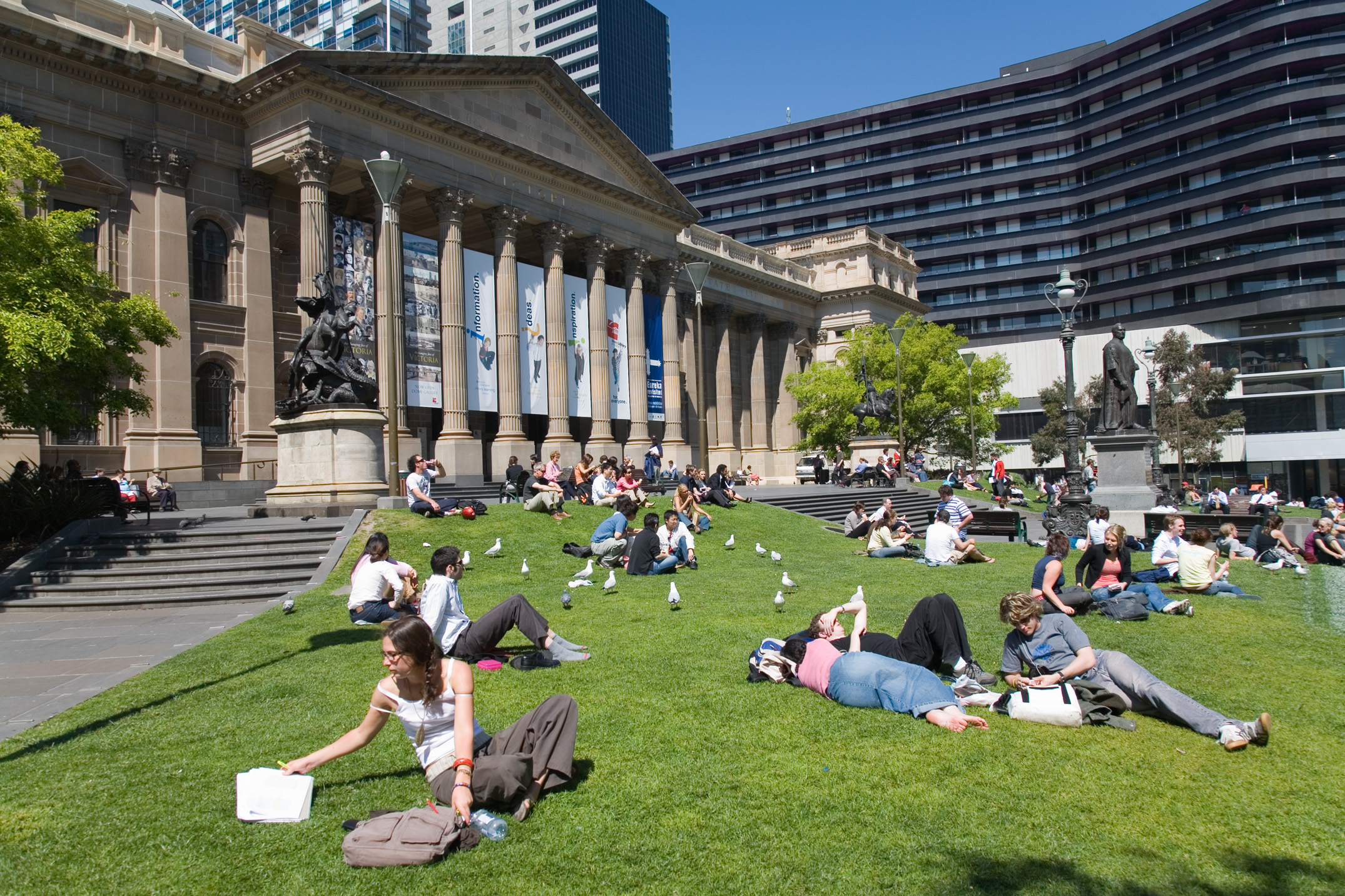
Uploaded on 2016-11-13 by Jordan Ross Currie
Most Livable Cities - Melbourne - Tokyo - Vancouver - Vienna - Berlin Qualifying Factors - Global and Political Stability - Pedestrian Flow & Public Transport - Healthcare - Environmental attitude/Access to green space - Education & Employment Melbourne's Geographic Remoteness from the rest of the world has kept it safe from international threat its entire history. In more recent peaceful years it has held a global political stability with the rest of the world. Balancing international relations, striving to accept international peoples, and providing a safe living space. As it is the city of a young Nation, when it was formed under more modern and tried political systems. People often comment on Melbourne's public transport system. And while it is decent and the tram network is comprehensive and an iconic part of Melbourne's culture. The real highlight of Melbourne's public access, is the repossessing of major streets in the CBD to remove traffic and leave them as large public walk ways sheltered by trees and alive with pedestrians. Furthermore the reclamation of city side streets or ally ways to house coffee shops, bars, and niche independent business's is a fantastic example of the evolution of a city. Turning unused unlivable space into a thriving economy of human interaction. The city and the nation has a comprehensive Healthcare system that has been in place for decades. The majority of the population is for green rights and the city itself has a plethora of parks and green space. With a push towards more green roofs and smaller green instillation's its attitude towards the environment is a strong attribute towards its livability. Melbourne also has a solid government allowance program that assists in the allocation of work. Additionally Melbourne is a well connected city that provides many opportunities at the for front of multiple fields.